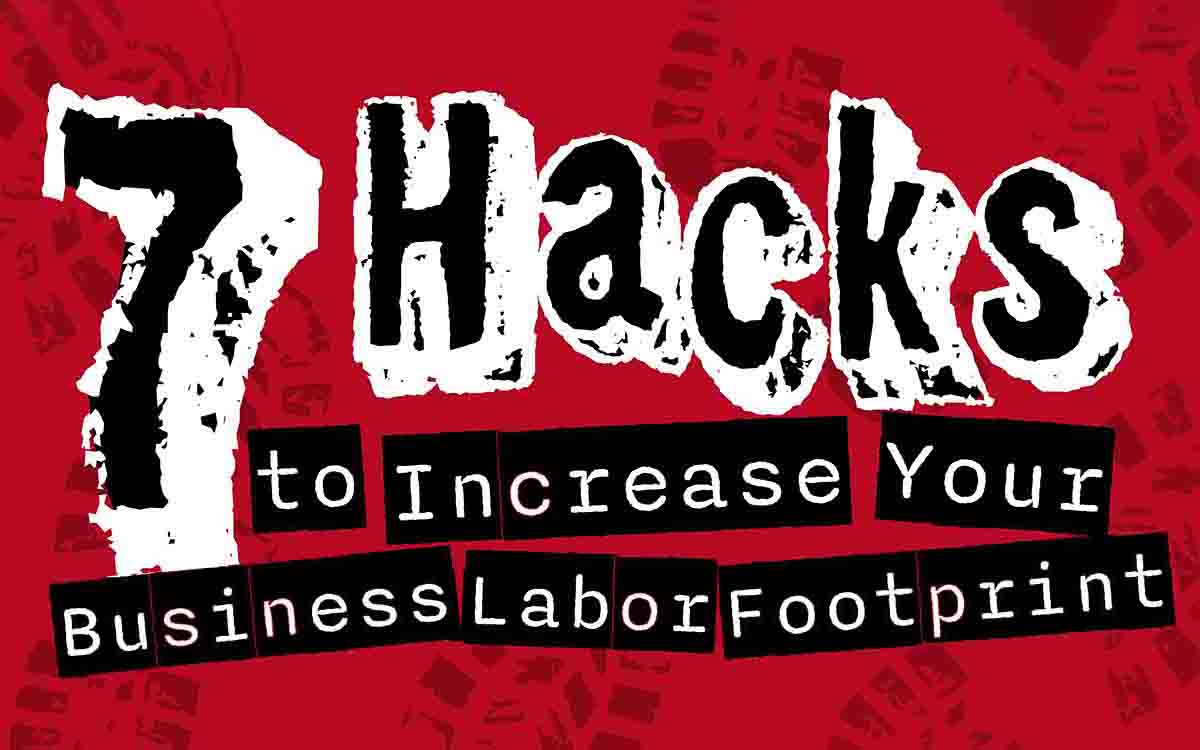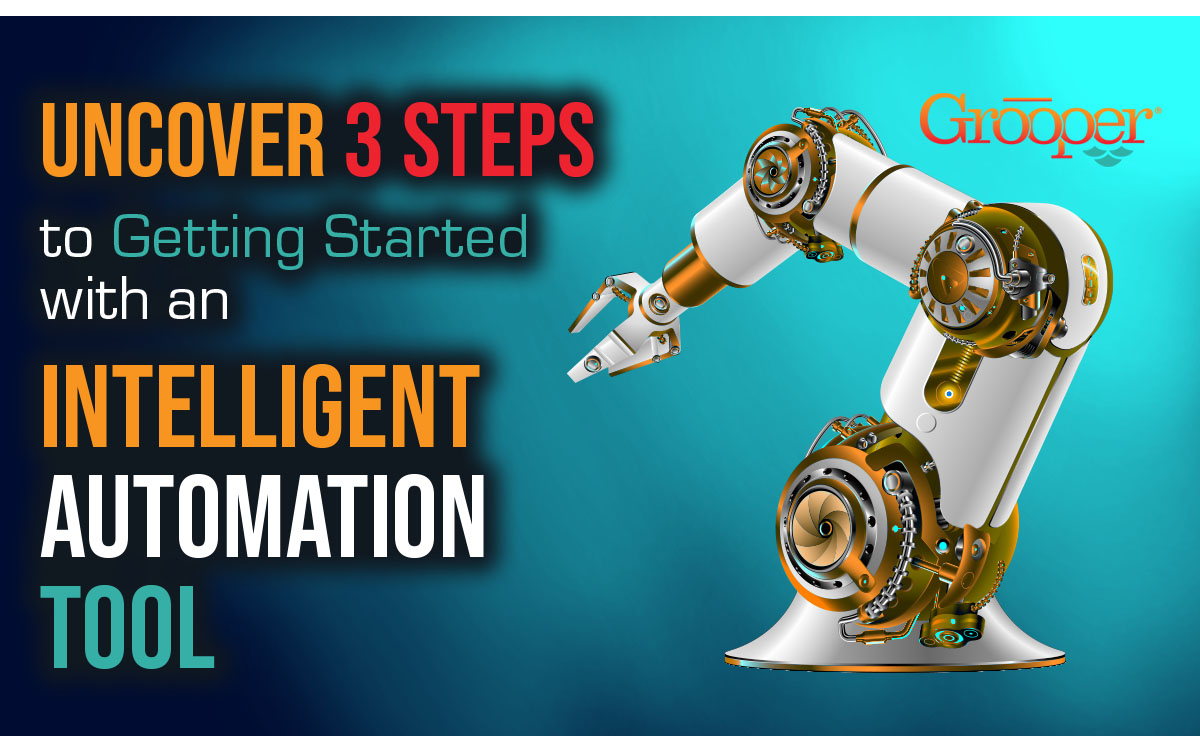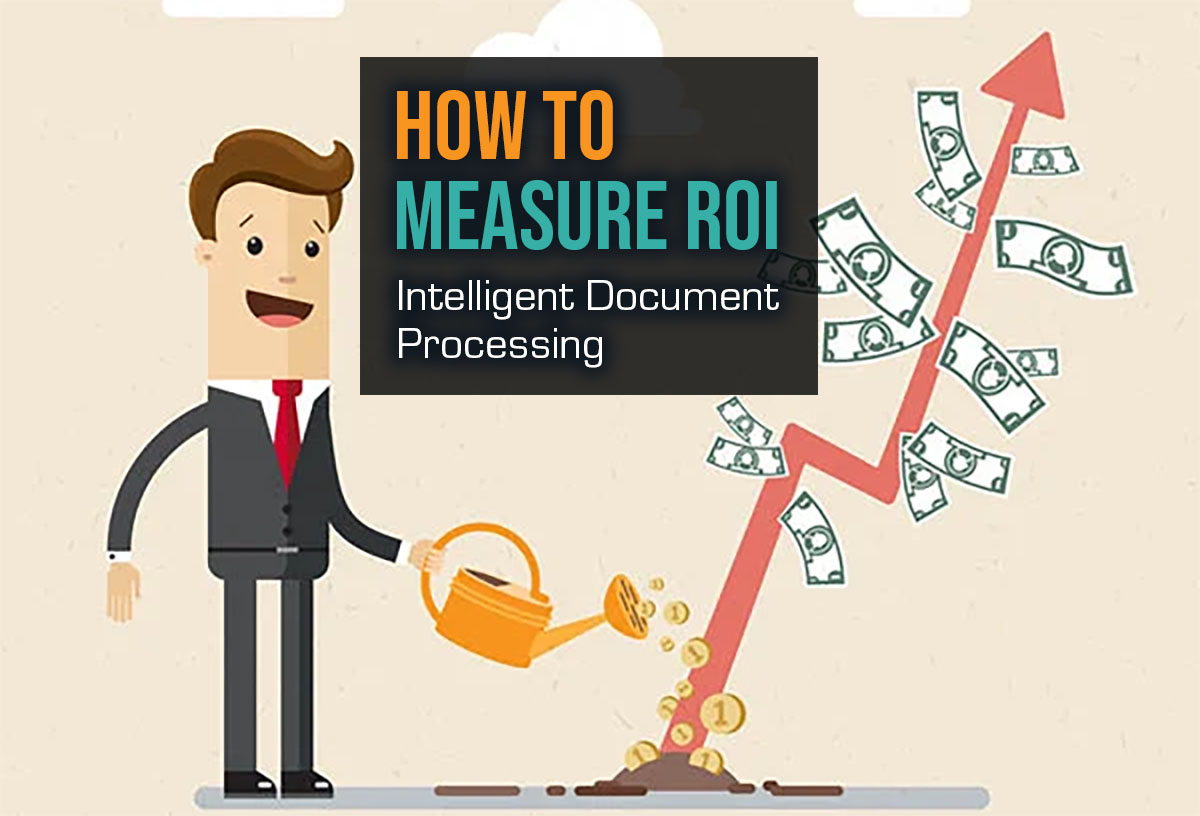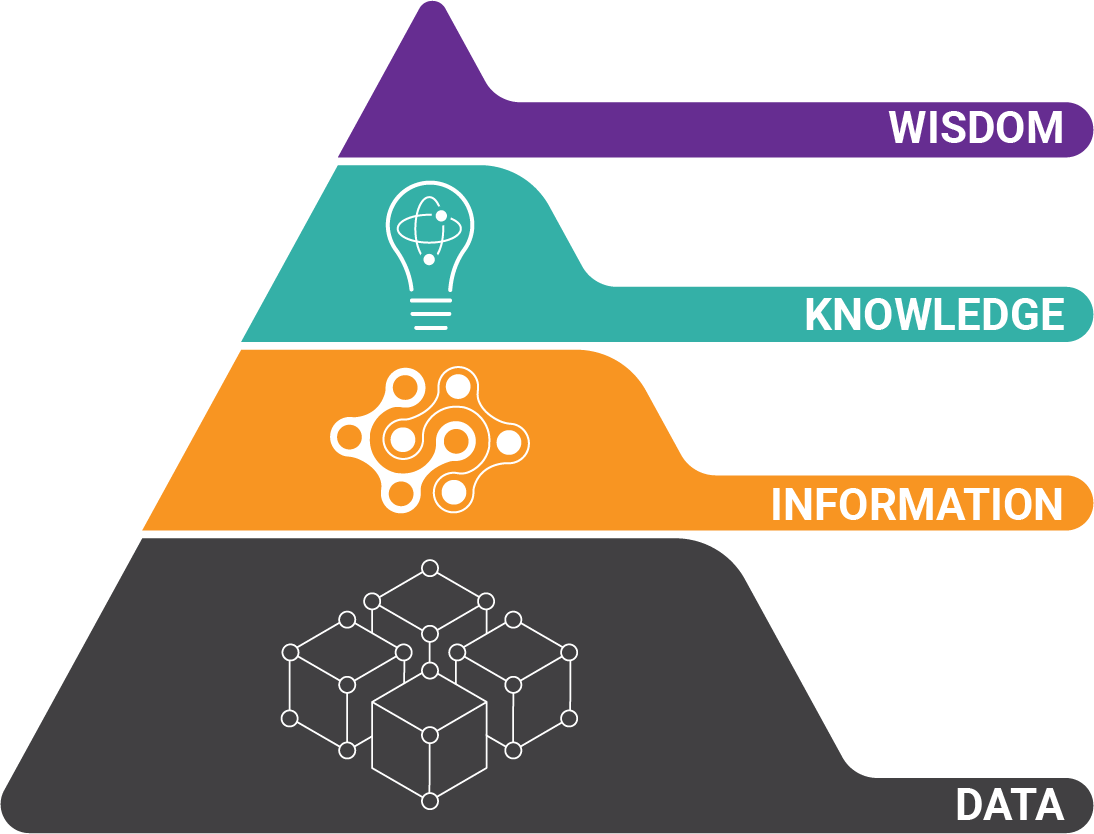In celebration of Labor Day, we wanted to give you 7 'hacks' on how you can increase your labor footprint.
We know that automation is all the rage these days, but really, who needs it?
People have long proven their superiority over machines. I mean, John Henry beat the steam engine flat out. No question.
Hack #1: Print All Electronic Documents on Paper
 The first thing you’ll need to do to increase your labor pool is to immediately start printing every single document, email, and piece of data that your staff uses.
The first thing you’ll need to do to increase your labor pool is to immediately start printing every single document, email, and piece of data that your staff uses.
Then take the resulting paper, and file it away. The added paper volume will require an entire new records department to manage if you don’t already have one.
Hack #2: Scan the Paper that You Just Printed
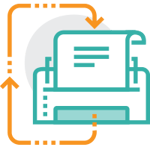 Once this process is down, start scanning the paper you just printed. Everyone wants an electronic copy of their documents these days, right?
Once this process is down, start scanning the paper you just printed. Everyone wants an electronic copy of their documents these days, right?
So why not give them a perfect, high-resolution scan? To ensure the maximum use of your labor pool:
- Use color flatbed scanners and scan everything “duplex” (2-sided)
- Make sure the scanner is a “simplex” (single-sided) scanner, requiring the document to be scanned, flipped over, and scanned again.
Congratulations. You’ve immediately doubled the effort of scanning those documents. Not to mention that Automatic Document Feeder (ADF) that you paid extra for will never need its rollers replaced — because you won’t be using it!
Hack #3: Change Your Paper Records Organizing System — Often
 Filing the original printed paper documents is easy — just choose one of the standard records management schemas (organizing systems).
Filing the original printed paper documents is easy — just choose one of the standard records management schemas (organizing systems).
But make sure you change the schema every year. This will ensure an ongoing “circle of life” for your filing personnel.
Hack #4: Assign Least Tech-Savvy Employees to Lots of Computer Work
 But the scanned documents will need a more technical workforce. This group needs to be proficient with a keyboard to maximize throughput. But since we’re trying to increase the labor you utilize, you’ll want to ensure you assign your least tech savvy users to the task of indexing documents.
But the scanned documents will need a more technical workforce. This group needs to be proficient with a keyboard to maximize throughput. But since we’re trying to increase the labor you utilize, you’ll want to ensure you assign your least tech savvy users to the task of indexing documents.
Ensure no training is provided, and don’t allow any “cheat sheets” at their desks.
As a matter of fact, make them move desks every 4 hours.
That should keep them on their toes!
Hack #5: Spin Your Employees as Much as Possible
 Ideally, the document data you have needs to be input into at least one other system. This allows you to take advantage of “swivel-chair integration.”
Ideally, the document data you have needs to be input into at least one other system. This allows you to take advantage of “swivel-chair integration.”
For this type of integration, you need one PC or computer terminal for every system that needs to have this data. The index operator will then re-key that data for each system.
BIG TIP: If the monitors are packed together, they may not even have to “swivel” their chairs to get to the next system. But you should ensure the maximum swivel.
We can’t let our labor force be too sedentary. Swiveling burns calories, and that’s good for your workers, dizziness aside.
Hack #6: Automation is Too Fast. Process All Documents by Hand (and Foot)
 You can 100% reassure your workers that no robots will come for their jobs!
You can 100% reassure your workers that no robots will come for their jobs!
Your workers get to do all the tasks (no matter if they want to or not) by hand, manually, just as God intended!
So you won’t be using any Optical Character Recognition tools or any other data entry automation. Your company’s work will be as wasteful pure and analog as a hand-written letter.
If there’s a “workflow” to the document being indexed, make sure to use the “sneaker net” to move the document to its next destination. With everyone working remotely, this could even involve the post office or expensive overnight shipping services.
Ideally, you’ll hire an internal staff of couriers just for the time-consuming job of hand delivering these important documents to workers.
Hack #7: Make it Fancy! Real Fancy!
 Ensure the approval process for any “workflow” requires at least two of the previous people involved to sign the physical document at least two steps after their original involvement.
Ensure the approval process for any “workflow” requires at least two of the previous people involved to sign the physical document at least two steps after their original involvement.
This will ensure your couriers always have something to do, and you can gift your staff fine pens to be used to hand-sign each document. A hand-signed document is such a ridiculous nice touch in this digital age!
Once the document has been signed by all the signatories (that’s what you get to call anyone involved in the signing process! Fancy!):
- Scan it again
- Print it out
- File it away with the original document, but not in the same file folder.
You don’t want your perfect, signed original document to get any laser-printed dust on it, do you?
BIG TIP: Lastly, make sure you notify by personal note (again, handwritten is a nice touch here) all the signatories for a document.
The couriers can even deliver the note with special archivist gloves to add a little “pomp and circumstance” as needed.
You Think We're Joking?! Well...
Of course, this was all written with our tongues firmly planted in our cheeks. Please do not do any of this.
Automation has a place in the celebration of our labor force, however. Automation is what frees workers to do meaningful work. Meaningful work is what drives us as a species towards greatness.
Celebrate Labor Day - And Remember What It's All About
So as we celebrate how labor has driven us forward as a nation over a BBQ and an adult beverage or two, let’s reflect on what we can do in our lives to help drive us to greatness.
Things like automate the boring, repetitive stuff and get us back to doing something meaningful.
“Deprived of meaningful work, men and women lose their reason for existence; they go stark, raving mad.” - Dostoevsky
“Without work, all life goes rotten. But when work is soulless, life stifles and dies.” - Albert Camus
"Human nature has been sold short...[humans have] a higher nature which...includes the need for meaningful work, for responsibility, for creativeness, for being fair and just, for doing what is worthwhile and for preferring to do it well". - Abraham Maslow
Discover New Ways to SHRINK
Your Labor Footprint and Save Time and Money
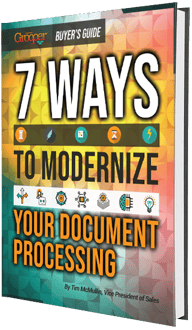 One of the top ways that businesses run more efficiently is by automating document data entry. But surprisingly, many document processing systems can't handle everyday document data tasks.
One of the top ways that businesses run more efficiently is by automating document data entry. But surprisingly, many document processing systems can't handle everyday document data tasks.
This guide includes the 7 most important technologies that will save you significant time and money.
Download the Free Guide Now!
About the Author: Tim McMullin
Tim McMullin brings extensive sales and solution design experience to help customers and partners successfully meet their business objectives.
With more than 25 years of technical and sales expertise in the enterprise document and data capture space, Tim is responsible for managing Grooper sales at BIS. His leadership focuses on the expansion of all things Grooper, especially the channel and traditionally underserved verticals.
